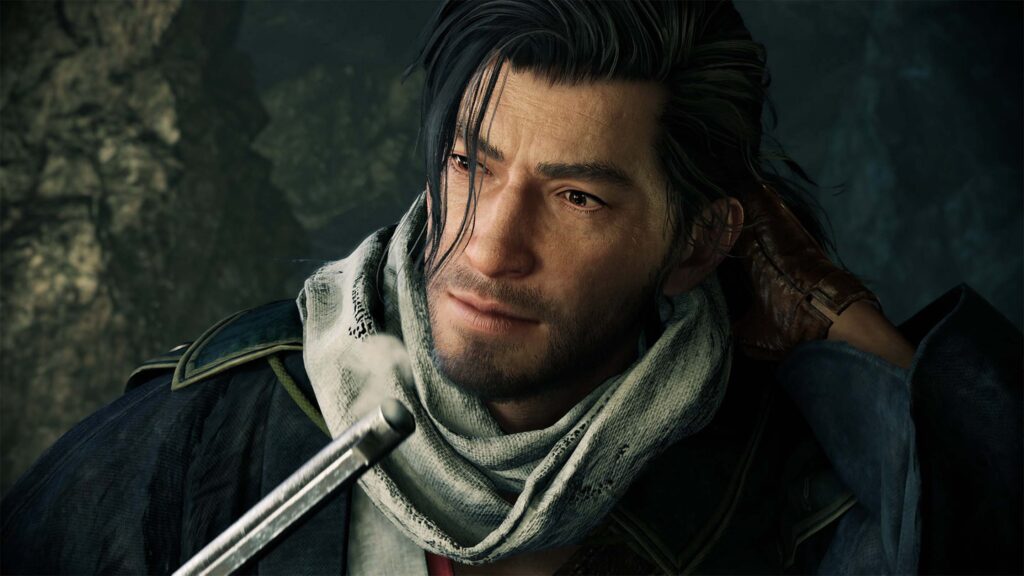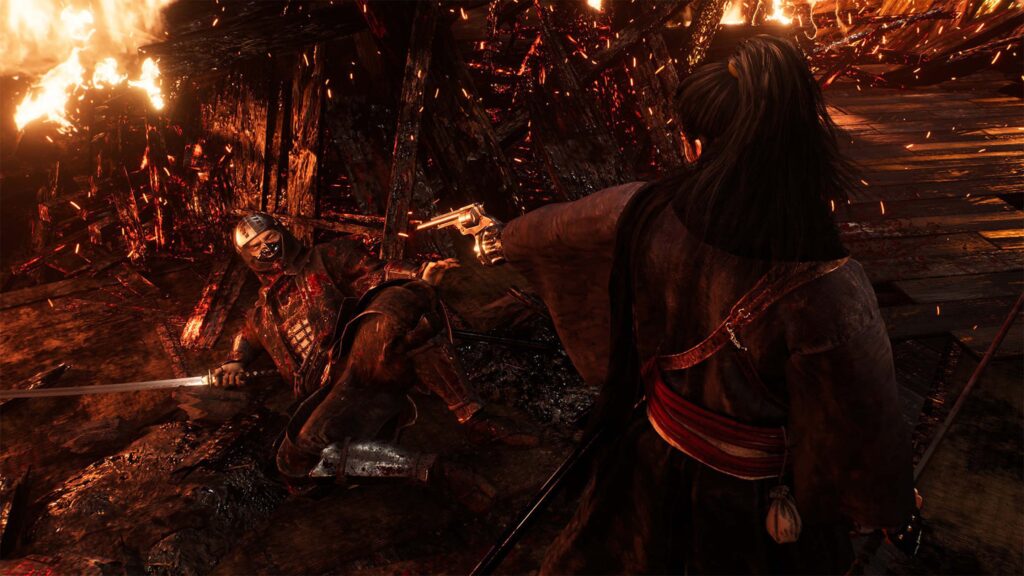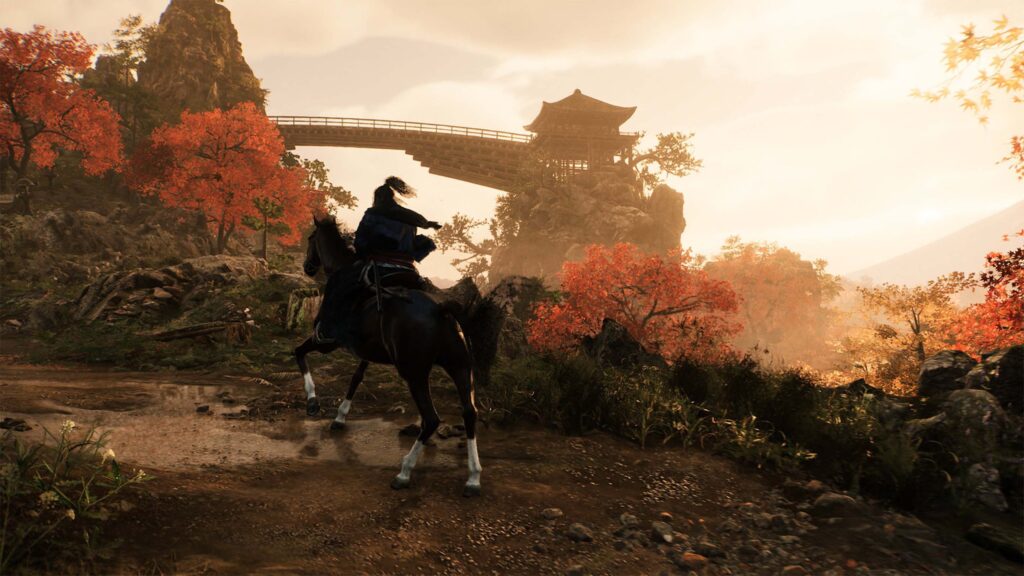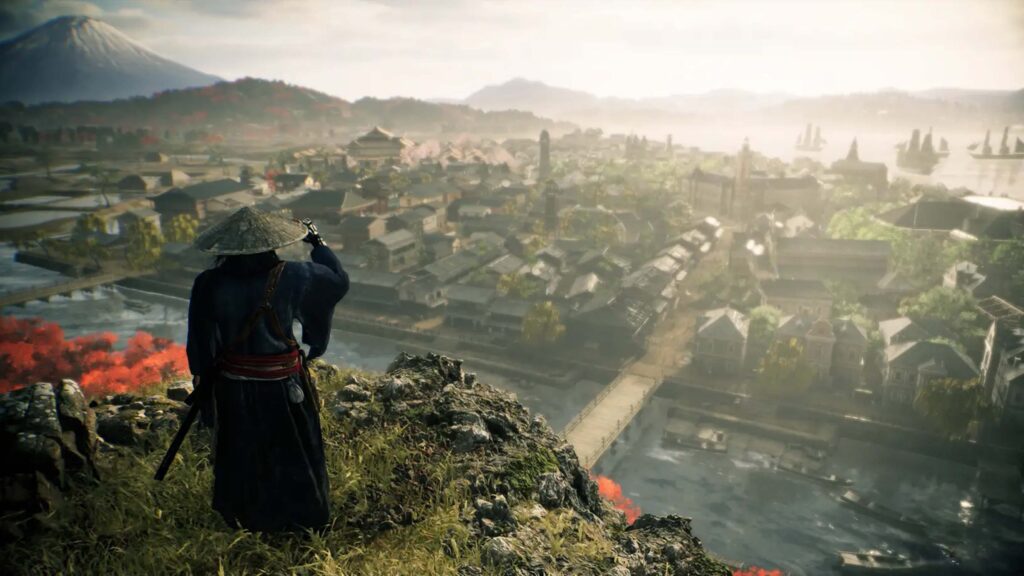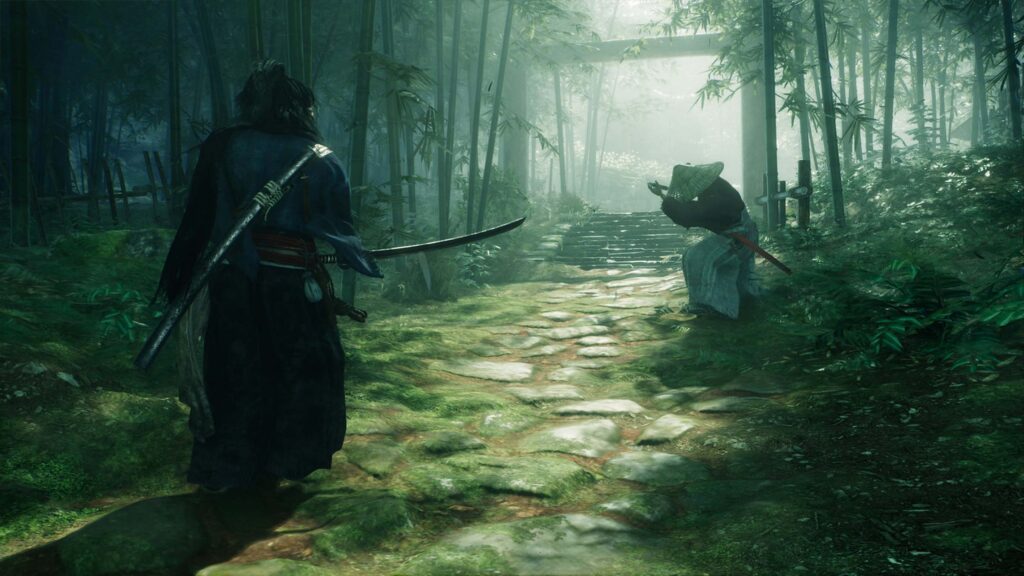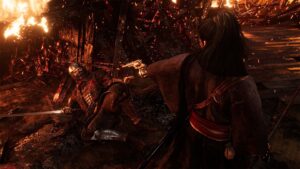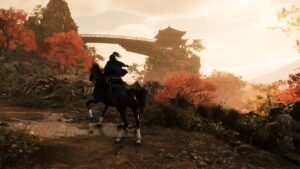Rise of the Rōnin has a good plot and some interesting mechanics but falls short in almost every other way.
Rise of the Rōnin review
Reviewed on a PlayStation 5 console.
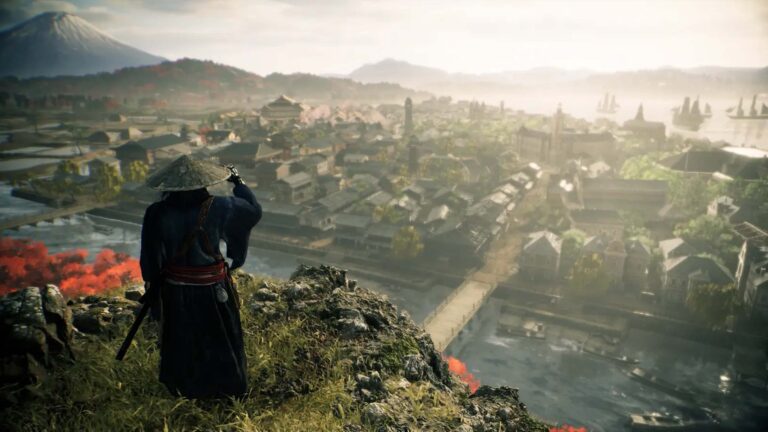
Rise of the Rōnin has reportedly been in development since 2015, which is only a couple of years after the launch of the PlayStation 4. But those nine-ish years of development haven’t resulted in a game that properly justifies the wait.
In many ways, Rise of the Rōnin feels like a last-gen game, most notably in terms of its dated visuals, which isn’t something you expect from Sony titles. But it’s not just that Rise of the Rōnin looks last-gen, it also plays like a last-gen game.
In some ways, it feels like a response to the fan outcry for an Assassin’s Creed game set in Japan. But it doesn’t feel like it’s expanded on that idea in a meaningful way. It also doesn’t help that Ghost of Tsushima has already done that in a better-looking and more memorable way.
What you get, then, is an open-world game with dated visuals and at least half a dozen influences from popular games in terms of mechanics, none of which particularly gel. This is a Team Ninja game, so I was expecting brutal difficulty. What I wasn’t expecting was hints of an RPG, which is why I went with a starting character who specialised in speech.
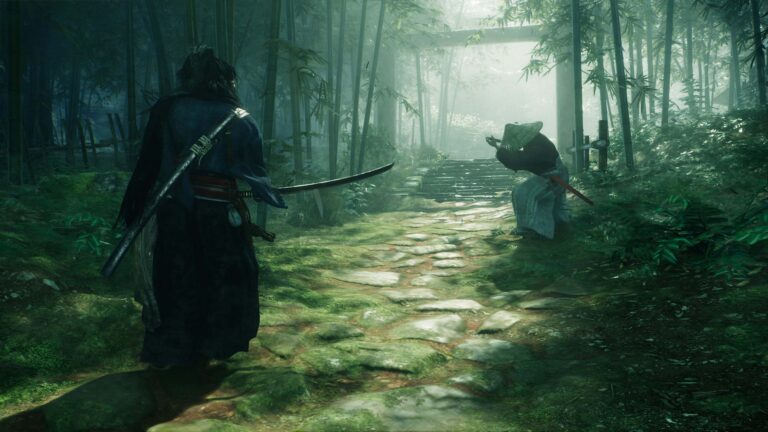
The catch is that didn’t really seem to help. Some of the RPG mechanics in Rise of the Rōnin feel like the kind of additions that are in most games these days. Lots of loot with weapon numbers, a multi-page upgrade tree, and that sort of thing. I was hoping for extra speech options but they seemed almost exclusively relegated to upgrades.
It doesn’t help that I felt automatically disadvantaged by not opting for a class with more of an action focus. While Rise of the Rōnin has an emphasis on stealth, following the main path often pushed me into combat. So there I was, with my speech-specced character with not only no real dialogue options without first unlocking them, I was also steered away from stealth and into a domain where my lack of strength felt like a distinct disadvantage from the get-go.
This is complicated further by a convoluted upgrade system, which includes easy-to-obtain regular upgrade points and then tree-specific points. The catch is that you can only unlock certain things with regular points, and others with specific points. But specific points aren’t as easy to obtain, and it was an early introduction to several mechanics that are inelegantly dropped on you with a text-screen pop-up, often devoid of context.
During a few-hours stretch of gameplay, it felt like there was one of these text-heavy screens introducing some new mechanic that I had no hope of remembering as it wasn’t properly contextualised. Or, better yet, made meaningful by tying it to story or gameplay. Early on, your character seems to get gifted a lot of items without actually earning them.
This ease of earning critical gear flies in the face of the overall combat difficulty. Stealth is easily exploitable once you learn the various AI quirks. Combat, too, is equally exploitable once you unlock a second and, later, a third character to help you out in fights, but it can and will still punish you if you don’t respect it.
I spent the first few hours playing on the recommended standard difficulty until one particular boss fight where the damage-soaking foe was hitting me through solid objects. While this forced me to engage with the combat mechanics with more respect, it ultimately emphasised how little fun I was having with them. Even on standard, it’s that annoying difficulty trope: enemies take a tonne of damage and can punish you in a few hits if you’re not careful.
That’s not the end of the world—I put 40+ hours into Elden Ring as a non-Souls player and thoroughly enjoyed most of that time—but it helps when a particularly punishing action game has rules you can understand and respect. Death in Elden Ring almost always felt fair and a lesson for what I could do better. Dying in Rise of the Rōnin was mostly exasperating because I didn’t know what I could do differently.
I tried playing aggressively and conservatively, but spongey enemies foiled the former and inconsistent hitboxes plus low stamina impacted the latter. There is a parry, but the timing windows felt off, likely not helped by what seemed like an inconsistent frame rate or potentially frame pacing issues (and I was playing on performance mode).
The result is I never felt like I could trust the parry timing window, so I regularly messed it up. When I did land a parry, it didn’t always feel like it was because I nailed the timing. Dodging is your other choice. But it too felt inconsistent to the point of offering free damage to enemies. It doesn’t help that while attack inputs stack—an admittedly good deterrent against button-mashing—other commands, like healing, don’t. Sometimes they don’t appear to register at all unless you do the input multiple times.
During combat, the worst bit for me was a lack of consistency when it came to the risk-reward push-and-pull of striking to interrupt. In other melee-heavy games, when you see an enemy charging an attack, you can hazard a light attack to interrupt a potential combo. In Rise of the Rōnin, even regular enemies can seemingly ignore these faster attacks. Sometimes they ignore the damage and attack you mid-combo. It’s even inconsistent when you use the more powerful charged attacks, and it never felt like a combat system too inconsistent to learn let alone master.
I would have had more fun if I was able to take advantage of the low-stress stealth and spend more time following the actually interesting plot. Unfortunately, that plot is often littered with not-great dialogue, which makes it harder to connect with the many characters the game wants you to like, then later choose between. There are conflicting loyalties and the suggestion of player-impacted plot outcomes that are the more interesting narrative inclusions.
Ultimately, I eventually dropped the difficulty to easy, and while it was more manageable against regular foes, it’s still tough against bosses. I reached a boss fight against two foes and couldn’t get past it, even after a day-zero balancing patch. It doesn’t help that the lock-on camera is regularly vertigo-inducing with how hard it snaps around to follow your target at all costs, and it’s more annoying when the camera feels like it makes you miss foes or makes enemies hit what should otherwise be a miss.
Ignoring the immersion-breaking bugs, I really wanted to like Rise of the Rōnin but it felt like every time I was engaged for a decent amount of time, one issue or another would crop up to disengage me. Assuming potential technical issues are ironed out, those seeking a properly challenging Team Ninja action experience are bound to enjoy Rise of the Rōnin more than players seeking a compelling open-world stealth, RPG or even action game.
As it stands, for a game with a lot of solid ideas, a compelling plot and some genuine stretches of engaging gameplay, Rise of the Rōnin is more frustrating than fun.
Related Articles







